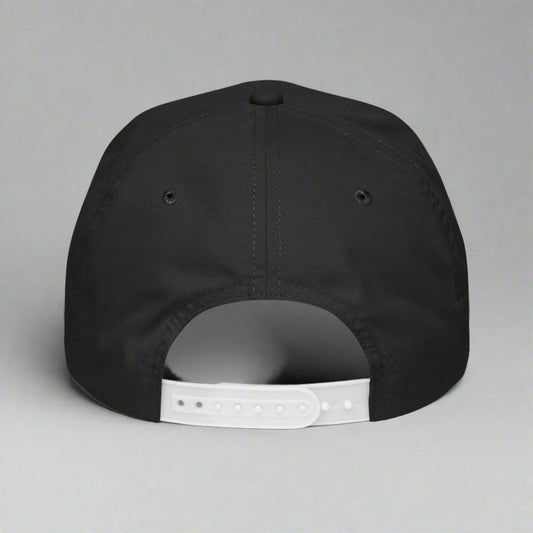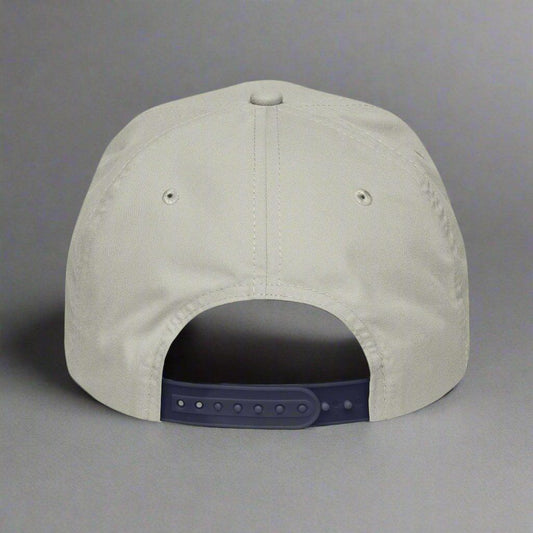
Understanding Washington's Assault Weapons Ban: Defining the Affected Firearms and Outlining the Specifics
In the ever-evolving landscape of firearm legislation, the state of Washington has implemented an Assault Weapons Ban that has sparked both debate and confusion among gun owners and enthusiasts. As a responsible gun owner or someone interested in the topic, it's crucial to understand the scope and specifics of this ban to ensure compliance and stay informed about the legal landscape.
Defining "Assault Weapon" Under Washington Law
The term "assault weapon" has been the subject of much controversy and varying interpretations. However, under Washington's Assault Weapons Ban, the definition is quite specific. The law defines an assault weapon as a semi-automatic rifle, pistol, or shotgun that possesses certain features, such as a detachable magazine, a pistol grip, or a folding or telescoping stock. These characteristics are intended to classify firearms that are considered to have military-style capabilities, even if they are not fully automatic.
It's important to note that the definition of an assault weapon under Washington law is distinct from the general public perception or the definitions used in other states. Understanding the precise criteria is essential for gun owners to determine whether their firearms fall under the ban.
Firearms Covered by the Assault Weapons Ban
The Washington Assault Weapons Ban covers a wide range of semi-automatic firearms, including:
Semi-Automatic Rifles
The ban applies to semi-automatic rifles that have the capacity to accept a detachable magazine and one or more of the following features:
- A pistol grip that protrudes conspicuously beneath the action of the weapon
- A thumbhole stock
- A folding or telescoping stock
- A grenade launcher or flare launcher
- A flash suppressor
- A forward pistol grip
Semi-Automatic Pistols
The ban also includes semi-automatic pistols that have the capacity to accept a detachable magazine and one or more of the following features:
- A threaded barrel, capable of accepting a flash suppressor, forward handgrip, or silencer
- A second hand grip
- A shroud that is attached to, or partially or completely encircles, the barrel and that permits the shooter to hold the firearm with the non-trigger hand without being burned
- The capacity to accept a detachable magazine at some location outside of the pistol grip
Semi-Automatic Shotguns
The Assault Weapons Ban in Washington also covers semi-automatic shotguns that have one or more of the following features:
- A folding or telescoping stock
- A pistol grip that protrudes conspicuously beneath the action of the weapon
- A fixed magazine capacity in excess of 5 rounds
- An ability to accept a detachable magazine
Specific Features That Classify a Firearm as an Assault Weapon
The key features that define an assault weapon under Washington law are the presence of a detachable magazine and the inclusion of one or more additional characteristics, as outlined above. These features are intended to identify firearms that are designed for rapid fire and increased capacity, even if they are not fully automatic.
It's crucial for gun owners to carefully examine the specific features of their firearms to determine whether they fall under the Assault Weapons Ban. Consulting with a legal professional or referring to the official state guidelines can help ensure compliance and avoid any unintended violations.
Exceptions and Exemptions
While the Assault Weapons Ban in Washington is comprehensive, there are some exceptions and exemptions to the law. Firearms that were legally possessed prior to the implementation of the ban, known as "grandfathered" weapons, are generally exempt from the restrictions. Additionally, law enforcement and military personnel may be exempt from certain provisions of the ban while acting in their official capacities.
Impact on Gun Owners and Compliance Requirements
The Assault Weapons Ban in Washington has significant implications for gun owners. Restrictions on the purchase, sale, and transfer of affected firearms are in place, and gun owners must comply with specific requirements to maintain legal ownership. Failure to comply with the ban can result in legal consequences, including fines and potential criminal charges.
Ongoing Controversy and Legal Challenges
The Assault Weapons Ban in Washington, like similar laws in other states, has been the subject of ongoing controversy and legal challenges. Proponents argue that the ban is necessary to enhance public safety, while opponents contend that it infringes on the Second Amendment rights of law-abiding citizens. As the debate continues, it's essential for gun owners to stay informed about the evolving legal landscape and any potential changes to the law.
Comparison with Other States' Assault Weapon Bans
While the specifics of assault weapon bans can vary from state to state, there are often similarities in the overall approach and the types of firearms covered. Comparing Washington's Assault Weapons Ban to the laws in other states can provide valuable insights into the effectiveness and potential challenges of such legislation.
Conclusion
Understanding the scope and details of Washington's Assault Weapons Ban is crucial for gun owners and enthusiasts. By familiarizing themselves with the definition of an assault weapon, the specific firearms covered, and the compliance requirements, individuals can ensure they are in full compliance with the law and stay informed about the ongoing debates and legal challenges surrounding this issue. Staying up-to-date and seeking professional guidance can help navigate the complexities of firearm legislation in the state of Washington.








